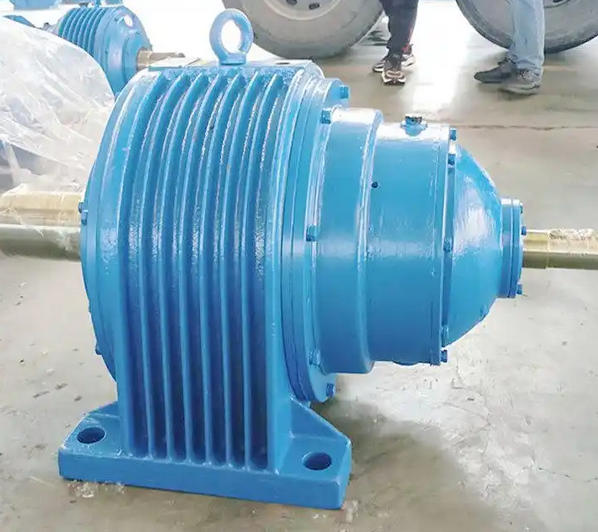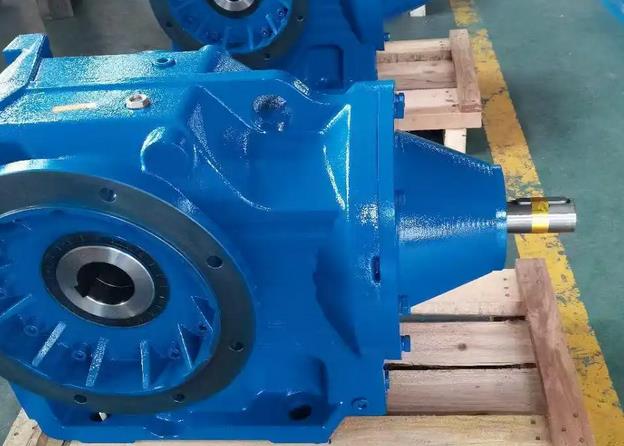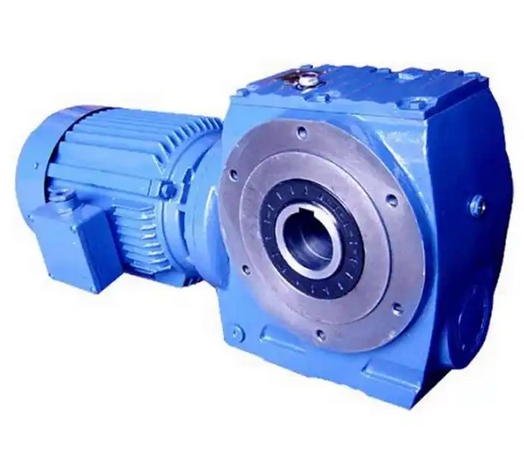NBD400-22.4-1 planetary gearbox base maintenance cycle
The maintenance cycle of NBD400-22.4-1 planetary gearbox base needs to be determined comprehensively based on the equipment operating conditions (load, speed, environment), base material and structural form. There is no absolute unified standard, but the principle of "basic cycle+dynamic adjustment" can be followed. The following are specific maintenance cycle suggestions and core maintenance contents, which can be used as practical operation basis:1、 Basic maintenance cycle (general reference)
According to the general maintenance specifications for industrial gearbox bases (especially heavy-duty models, the NBD400 series is usually used in medium to heavy-duty scenarios), the basic cycle can be divided into three levels, which need to be dynamically adjusted according to the working conditions:
2、 Principle of differential adjustment of working conditions (key!)
The basic cycle needs to be shortened or extended according to actual operating conditions. The core influencing factors and adjustment suggestions are as follows:
3、 Core maintenance content for each cycle (to avoid ineffective maintenance)
The maintenance cycle needs to match the physical examination items to ensure targeting and avoid missing key risk points:
1. Daily inspection (1 time/week, 5-10 minutes/time)

Visual inspection: whether there are cracks, falling blocks (concrete base), and rust (steel structure base) on the surface of the base; Is there a "misalignment gap" at the connection between the reducer and the base.
Auditory judgment: whether there is "abnormal vibration noise" during operation (possibly due to loose base causing the gearbox to level off).
Simple touch: After stopping the machine, touch the contact surface between the base and the gearbox to feel if there is any "local protrusion/depression" (preliminary judgment is whether there is slight settlement).
2. Regular check (once/3 months, 30-60 minutes/time)
Bolt Tightness: Use a torque wrench to retest the torque values of the connecting bolts between the base and the reducer, as well as the fixing bolts between the base and the ground (in accordance with the equipment manual requirements, usually the torque of NBD400 series bolts is 150-250N · m, subject to the manufacturer's manual), to prevent bolt loosening and "false bearing".
Levelness detection: Use a precision level (accuracy 0.02mm/m) to detect the levelness of the top surface of the base, with a permissible deviation of ≤ 0.1mm/m (if it exceeds the tolerance, check for settlement or deformation of the base).
Initial judgment of foundation settlement: Make "benchmark marks" (such as horizontal stickers) on the ground around the base, compare the marked positions from the last inspection, and determine whether there is vertical displacement.



